OK, this post is going to be a psuedo-timeline of all the pianos, synths and drum machines I have owned over the past 3 decades. I can’t believe I have never actually done this before. Maybe because I was too afraid to find out how many classics I sold before they became “vintage”?
1. Bell Upright Piano (1965 – 2012)
This was the family piano that my dad, Willis Magee, learned and earned his Grade 10 Conservatory Piano degree on. After moving to and getting married in Calgary, he paid to transport the piano from Owen Sound to Calgary in 1956. It was the middle of winter and the piano soundboard was caked in ice by the time it was unloaded. It only had to be thawed and dried out before it was good as new. They don’t build them like that anymore.
Most of the kids in my family took lessons on this piano. It had a buzzy C below middle C, but other than that, it was a beautiful instrument to play on. I wrote my first song on this piano and used to stick my head in behind the front cover just to watch the hammers and get closer to the rich tone. Even after I finally moved out, I enjoyed coming over to my parents’ house in later years just to play on it a bit more. I still miss the sound.
2. Yamaha CP-30 Electric Piano (1981 – 1986)
My piano teacher recommended this one to me because the keybed action was so good and the sounds were decent as well. Not as classic as a Rhodes or a Wurlitzer, but it was a solid road unit, weighing in at 100+ pounds (the lid split out to become the legs. My neighbour built a stronger set of leg braces for me. I put it through a Boss flanger pedal and a Fender Deluxe Reverb. Great sound!
3. Korg Polysix (1982 – 1985)
I saved up for almost a full year before I had enough money to buy this. My sister was so happy for me that she actually made a birthday cake for me that looked like it (ok it was just a rectangle, but the attention to detail in the icing was incredible). It was the first affordable programmable analog synth to hit the mass market. I always wanted a Prophet-5, but I wasn’t about to sell any body parts just to be able to afford that, so this was the next best thing. I didn’t even know how analog synthesis worked when I bought it, but I learned real fast. It sat on top of the CP-30.
4. Roland JX-3P/PG200 Programmer (1984 – 1986)
One synth was not enough to handle the pop music of the day, so I bought this one. I wanted to get a DX7, but there were only six available in Alberta by pre-order (The music store, Mountain Music, wanted 50% down without even providing a guaranteed delivery date, so I opted out). It had a harder sound than the Polysix and it had MIDI. I set it up on an old fishtank stand on the right side, so I could pretend to play like Tony Banks. Not quite.
5. Roland Compurhythm 5000 (1983-1985)
Ok, so I didn’t really own this. The band I was in at the time had a benevolent Uncle who loaned us some cash to get our music careers started. We could have financed our first album, but instead, we thoughtfully decided it would be nice to invest in a used van and a couple of techy-tech electronic devices, because they never get old and they always appreciate in value over time, right? We bought a Roland guitar synth, bass synth and this basic basic rhythm box. Such a great use for the money. We sold it for a box of oatmeal cookie mix two years later.
6. Yamaha DX21 (1985 – 1989)
I regretted not getting a DX-7 because that digital sound was everywhere. Analog could not achieve those sounds no matter how hard you programmed or processed them. And I still was a bit cheap, so I got the 4-operator DX21 version. I played it a lot and only ever smacked it hard enough to pop out a key once during a basement practice.
7. Yamaha RX11 Drum Machine (1985 – 1994)
After my first band broke up, I was back on my own and wanted to write and record more music. So I saved up (again) and bought this drum machine along with a Fostex 4-track. The sound was clean and punchy, despite the low sample rate. I got pretty tired of the minutiae of having to program in beats and then arrange the looping beats into a song. That whole process is so counterintuitive to creative songwriting by just jamming out an idea with a drummer, but at least it didn’t talk back or speed up.
8. Chroma Polaris (1985 – 1995)
Sold the CP30 and the JX3P to get this unit. Only six voices, but the keyboard was velocity and pressure sensitive, with a whole lot of creative input devices to employ. I really loved this unit and shouldn’t have ever sold it. Rock solid and heavy… it served duty as my main master controller for almost a decade.
[UPDATE Jan 10 2020]: I have recently found a VST version of this synth … and it’s bundled with it’s big brother, the Chroma. So I purchased and installed it. Gotta say the sounds are incredible. Check it out here→.But maybe come back and read the rest of this post when you’re done.
9. Roland Alpha Juno-1 (1986 – 1990)
Not sure why I bought this one, except that maybe I was missing having 3 keyboards. It was a digital/analog hybrid that I got pretty nifty sounds out of even though it was painful to program (just like the DX series). It was the first to go once I decided to get into sampling.
10. Yamaha TX81Z (1986 – 1989)
Yet another attempt to satisfy that “DX7 synth-sound phenomenon”. Wasn’t bad, but I spent many late nights trying to program tasteful sounds only to fail somewhat miserably. Hey, why don’t you try and program sounds as complex as that using a dinky screen and four buttons….
11. Ensoniq EPS Sampler (1988 – today)
Cost-effective and stable. I invested part of my student loan along with some money I earned painting houses for College Pro to buy this unit. Not a single regret. It had enough sample memory to load a basic set of drums and instruments into 8 tracks so that I could start recording more intuitively, with less interruptions. The company made some great gear, then they merged with EMU, who then got bought by Soundblaster (WTF??!?!). My EPS still works, although I no longer play it regularly. I used to have the 8 output expansion board, but I lost it on the road… literally. At loadout, I placed it on the trunk of my car and drove away. When I got home, I raced back to where I thought I had lost it, but it was gone 8^(
12. EMU Proteus 1 (1989 – 1999)
Another purchase to keep pace with the trend in music. Really nice variety in rom samples, so that I could focus the EPS on specialty sounds. The twelve string guitar was quite realistic.
13. Roland Jupiter 8 (1992 – 1994)
I bought this used on a whim. It was awesome but I couldn’t fit it into my rig. Analog was kinda dead at the time and I had rent to pay. So I sold it for $600. Now they’re selling for somewhere between $15 – $25K. Woulda, shoulda, coulda…
14. Alesis D4 Drum Module (1994 – 2007)
Sold the RX11 and got this. Why? RX11 had about 25 sounds, the D4 had 499 sounds. It was only playable via MIDI, but that was fine since I was kinda pretty good at MIDI by then.
15. Oberheim Matrix-6 (1995 – 2000)
The Chroma was awesome, but I was given the opportunity to get a used Oberheim Matrix-6, which I had always salivated over because of the expanded programming and patching options it had. So I sold the Chroma, which in retrospect was really short-sighted. The Matrix was a good sounding synth, but the voice chips were really flakey. I had to open this unit up at least a dozen times just to re-set the prom for slot #3, because it kept going dead, which is unacceptable when you’re in a live situation.
16. Yamaha KX5 Remote Controller (1997 – 1999)
Really nice keytar-style unit. It had velocity and aftertouch, a mod wheel and a pitch ribbon! A lot of fun playing that. Problem was that I just felt naked standing out front beside the guitar player pretending to be a guitar player. I custom-painted mine and then I sold it to get enough cash to buy…
17. EMU Proteus 2000 (1999 – today)
I Still wanted more ROM-based sounds. This unit had a whopping 32mb base set of sampled instruments and 128 voice polyphony, which was incredible at the time. It also has 2 MIDI port sets (A and B) so that it could act like two complete sound generators in a live situation. I loaded it up with 3 more ROMS (HG Piano, X-Lead and Seidlacek) and it became the goto unit whenever I needed to build a new sound. Only drawback was the weak internal effects (no overdrive or leslie speaker… wah!). So I had to purchase some external rack effects to beef up the sounds of my system in a general manner.
18. Kurzweil Micropiano (1998-2008)
I never had a great sounding piano in my setup until I got this unit for ridiculous price. Kurzweil always impressed me with their sound quality and this was just what I needed at the time to compliment/fatten up the P2000 Holy Grail Piano I was using. I wound up selling it in 2008 just before I set out on a canoe trip with my Scout Troop. Now, that’s a trip I will never forget.
19. Korg N364 (2000 – 2021)
The Matrix-6 was really kinda pissing me off, so I spread the word that I was looking. I settled on the N364, which is pretty good and has an excellent set of base sounds packed into 8mb. The LCD screen is a bit difficult to read on stage and the blue lettering above the buttons is impossible (I would like to talk to their product designer about the realities of playing on stage under varying light). I sold it out of the back of my car during the pandemic winter of 2021.
20. EMU Proteus 2000 Virtuoso (2003 – today)
I liked the P2000 so much, that I simply had to buy another. I also tricked this one out with a few extra ROM chips (B-3, ZR). You know what they say… when you got 128 voices, you know what you need next? 128 more…
21. CME UF80 Master Keyboard (Feb. 16, – 24, 2008)
I had not played a full weighted keyboard since I sold the CP-30. I was talking to some keyboard players and they said there’s this company in China making great full-size weighted master controller boards. And they’re cheap!
I had this unit for a full week. It wasn’t great but it sure was cheap. Do I need to say anything else?
22. Roland RD-300 SX (2008 – today)
Much better. It also had 64mb of ROM samples as a base for its patches. Plays great. Only limitation is the meagre digital numerical screen (fixed in the next-gen 300 GX).
23. Korg Triton Classic (2011 – 2012)
Ever since I swapped out the Ensoniq EPS, I was missing the ability to add my own samples to the live mix. I found this on Kijiji from a guy who had a home biz repairing and refurbishing all sorts of keyboard gear. He had 3 of these and was selling this one (hmmm… why this one?)
I soon found out. The unit played well enough, but for some reason, I was unable to send MIDI on individual channels to my rack gear. I tried and I tried, but could not figure it out. So I put it back on Kijiji a year later. I sold it for a net loss under full MIDI disclosure, because I am not the type of person to lie about something, even if it is a lie by omission.
24. Kurzweil PC361 (2012 – 2022)
Got fed up with the MIDI (non-MIDI?) issue that the Triton was exhibiting. I sold it and got this keyboard. No sampling… but it has a tonewheel organ (nine sliders) and a matrix-style analog synth module built in. Of course, the programming capabilities are nearly endless and sooo00o deep. In fact, too deep for me. I found it to sound good straight out of the box, and I was losing nights just trying to program in all the sounds I needed for the live show. It was in storage for almost a decade so I sold it to a good home.
25. M-audio Axiom 25 (2013 – today)
I have been asked to play bass on more than one occasion, so I bought this little unit as a portable controller which I connect to certain ipad apps. It feels pretty good to play and it seems to be able to withstand the odd drop and tumble. Don’t ask how I know that.
26. Yamaha MOX8 (2014 – today)
Yup, another used unit. The Motif series sounds so good and is so much easier to program than the Kurzweil series. It took me less than 2 weeks to program in all the sounds I needed to transition the RD-300 SX out of the live show. It has withstood some serious live road action. ;^)
27. Yamaha Motif ES (2015 – today)
And one more used unit found on Kijiji. Not a big leap of faith buying this one. I was just waiting for the right price to pop up. It also sounds and feels great. Plus it has sampling capability.
28. Waldorf Blofeld Desktop VA Synth (2018 – today)
It’s been a long while since I owned an actual analog synth. With VSTs a-plenty, I had been searching for some of the old stuff on Ebay and Kijiji, but I finally realized that they probably just aren’t worth the expense, compared to the new tech and features that are available nowadays. This unit was a bit of an impulse buy. But the synth engine is impressive and deep. It might make it into the live show some day.
That’s all of them. Crazy to think of how the years and the keyboards add up. Now, if could just buy one more…

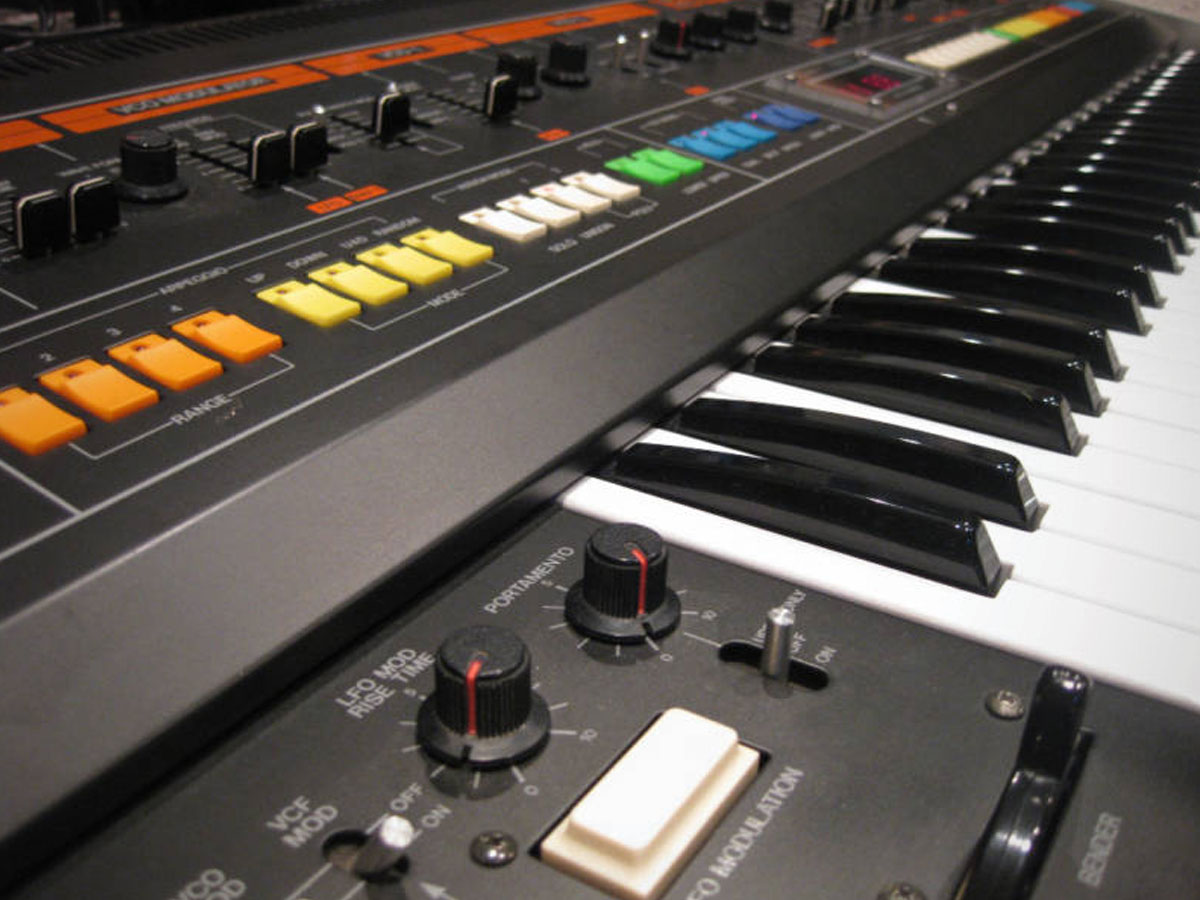
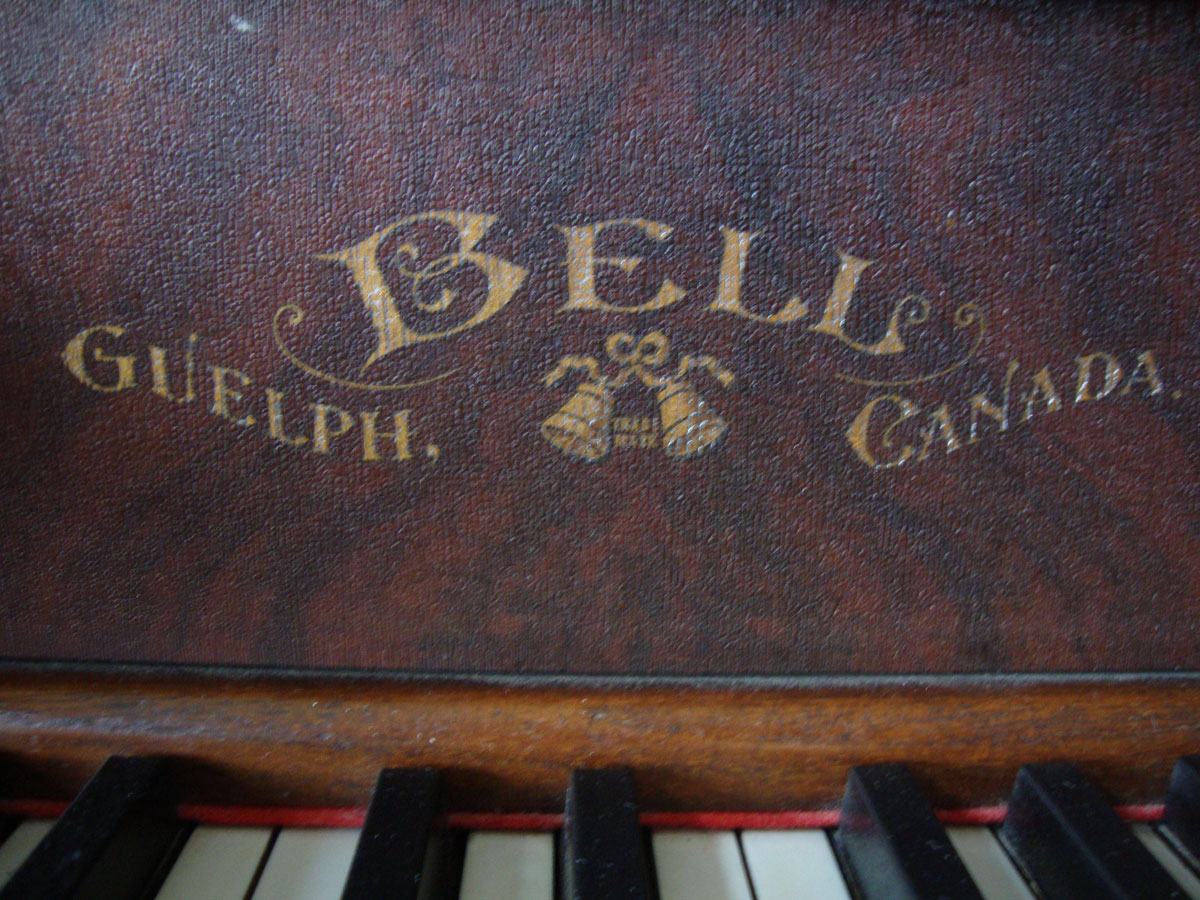

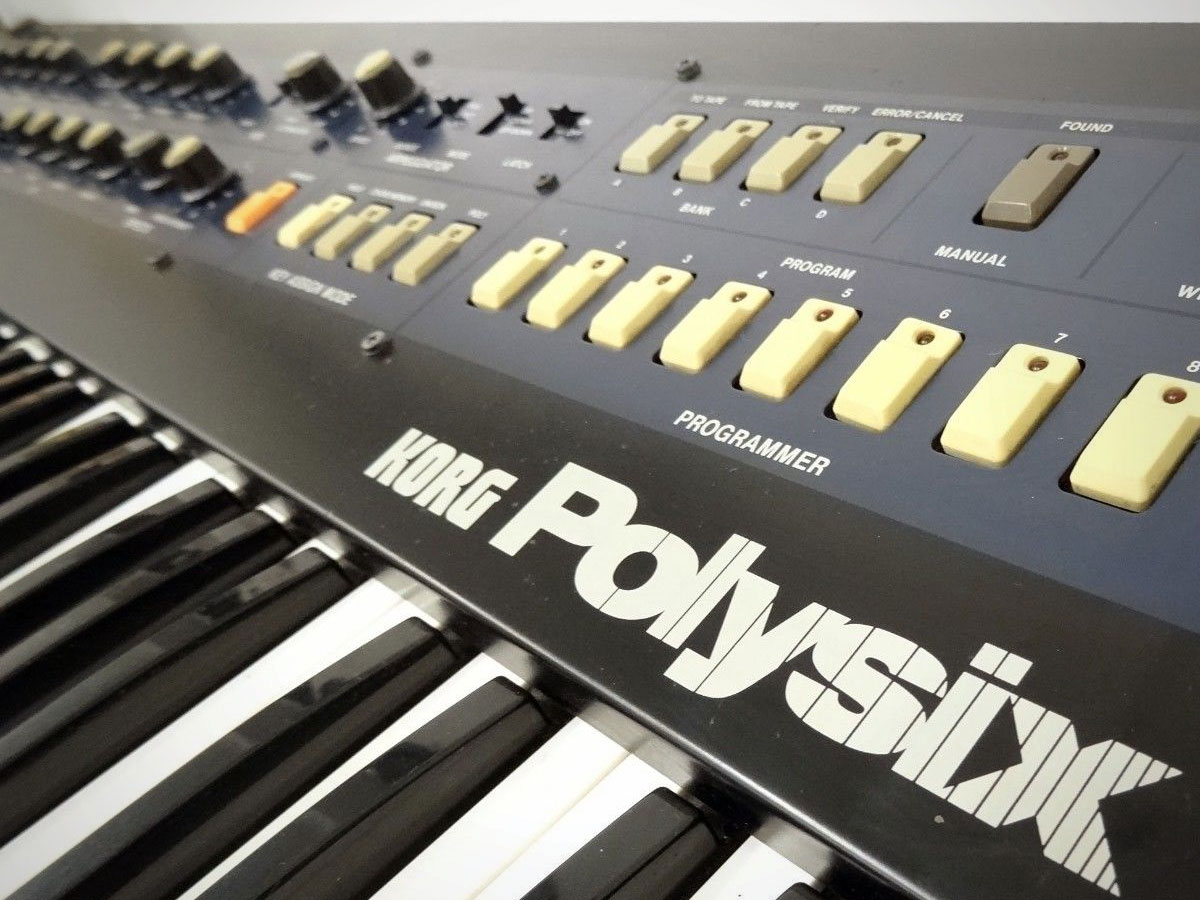
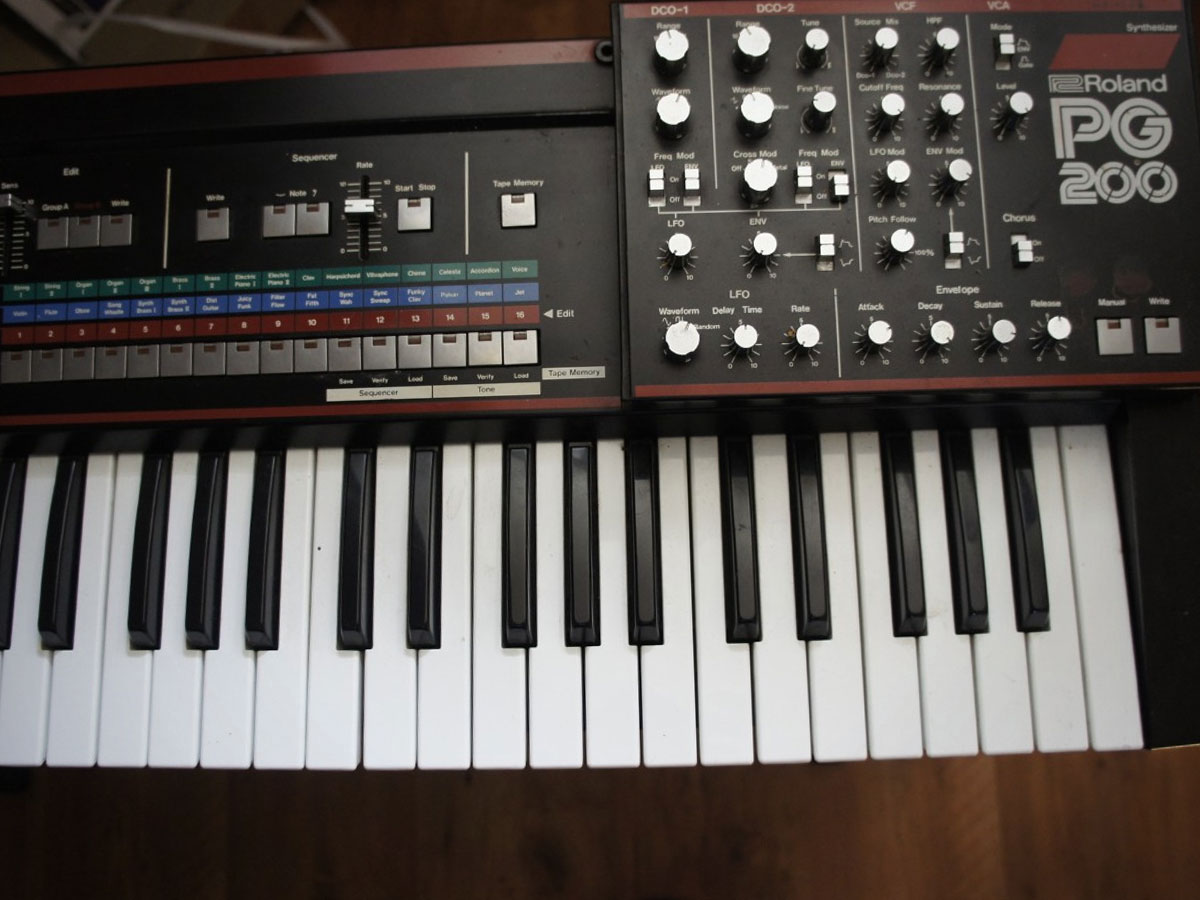
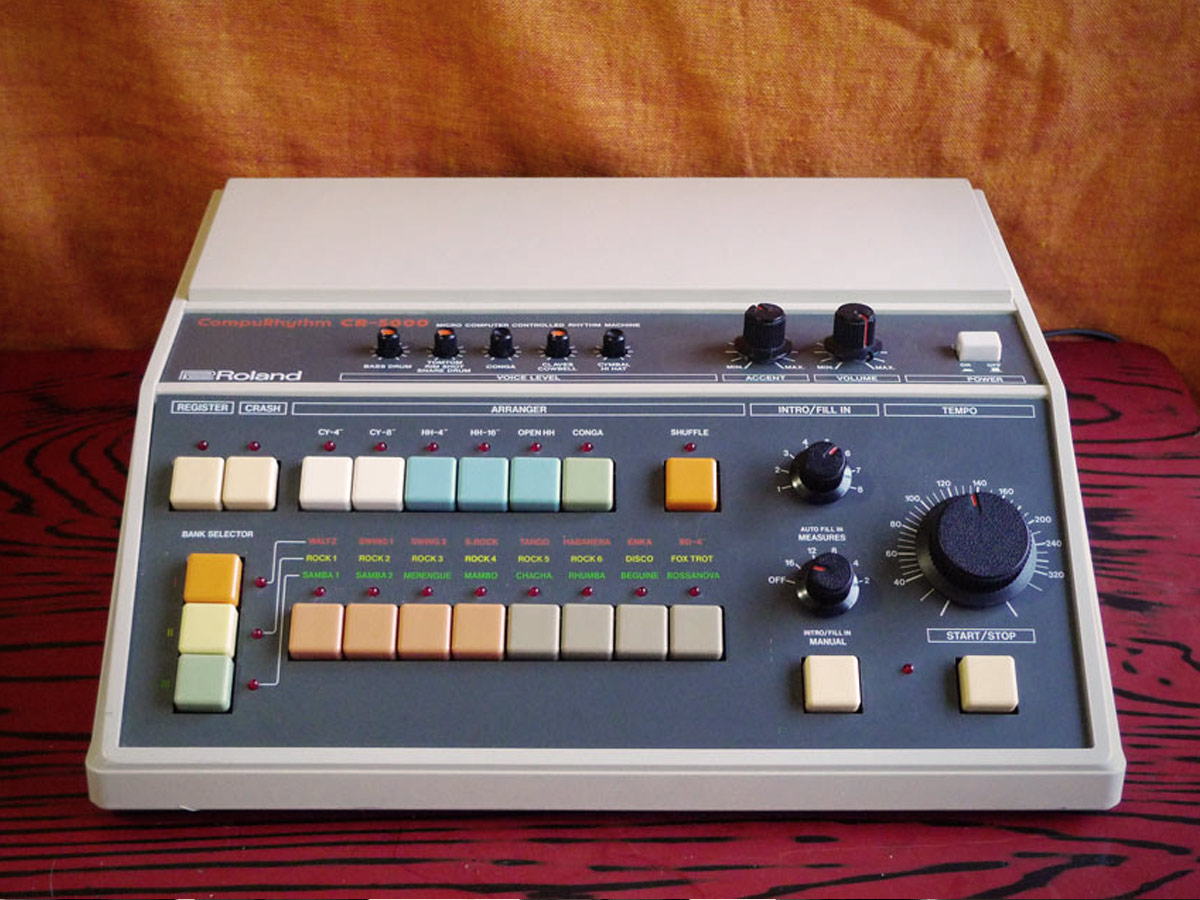

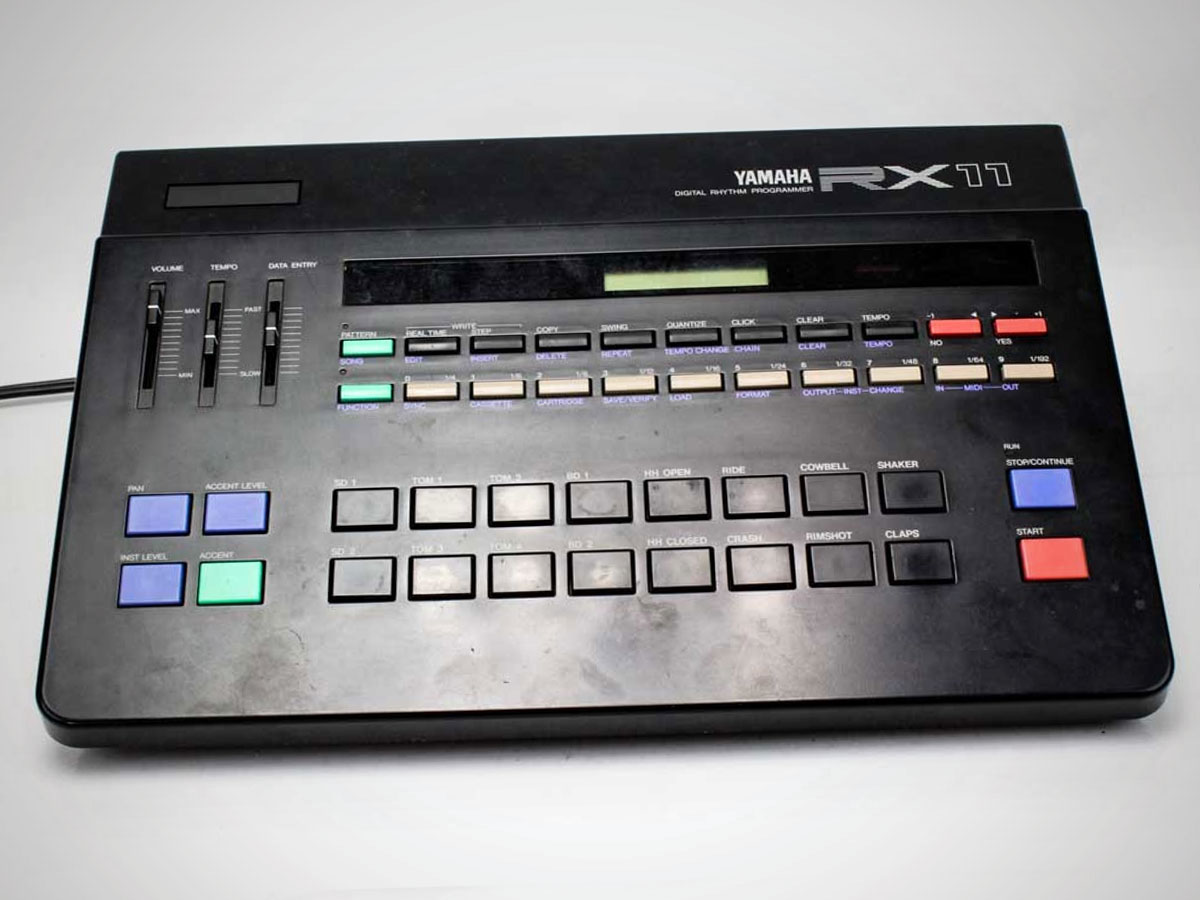
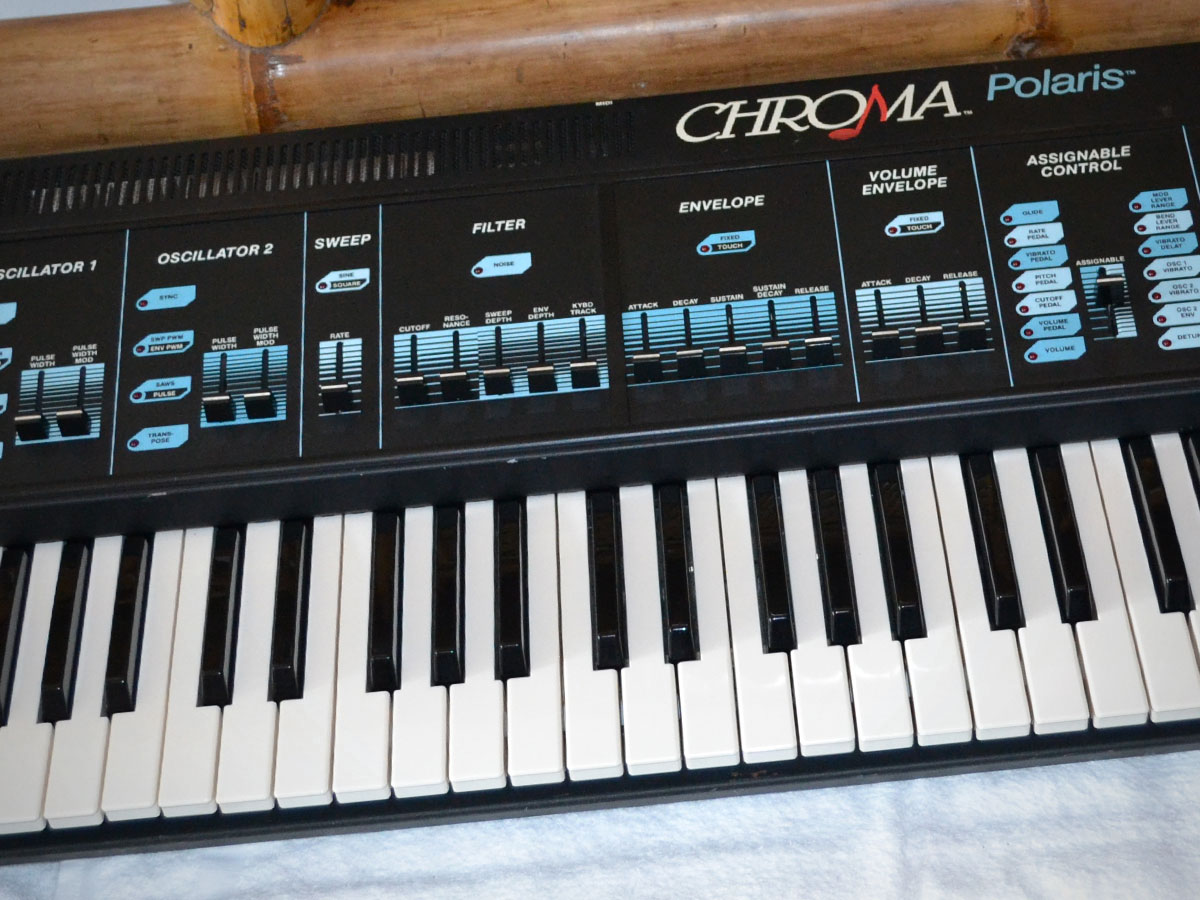
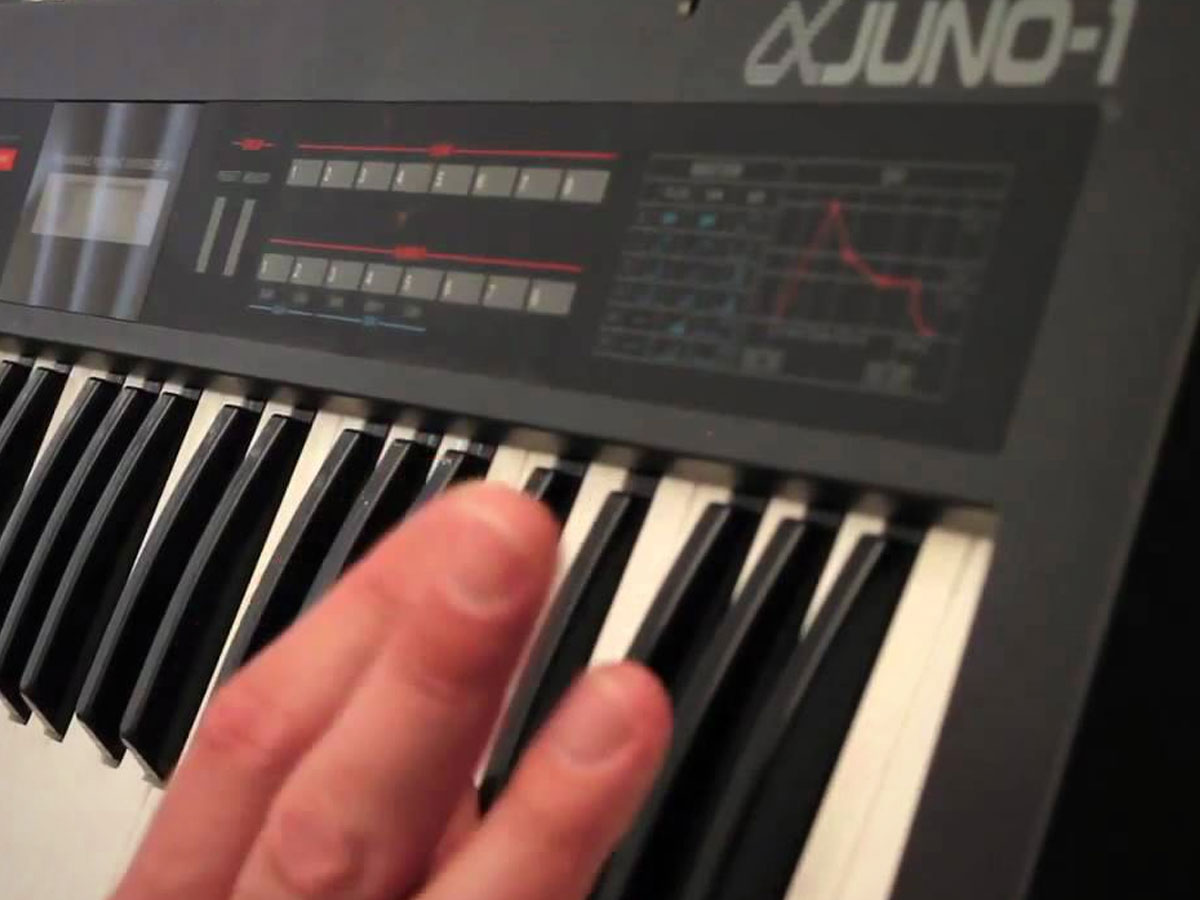
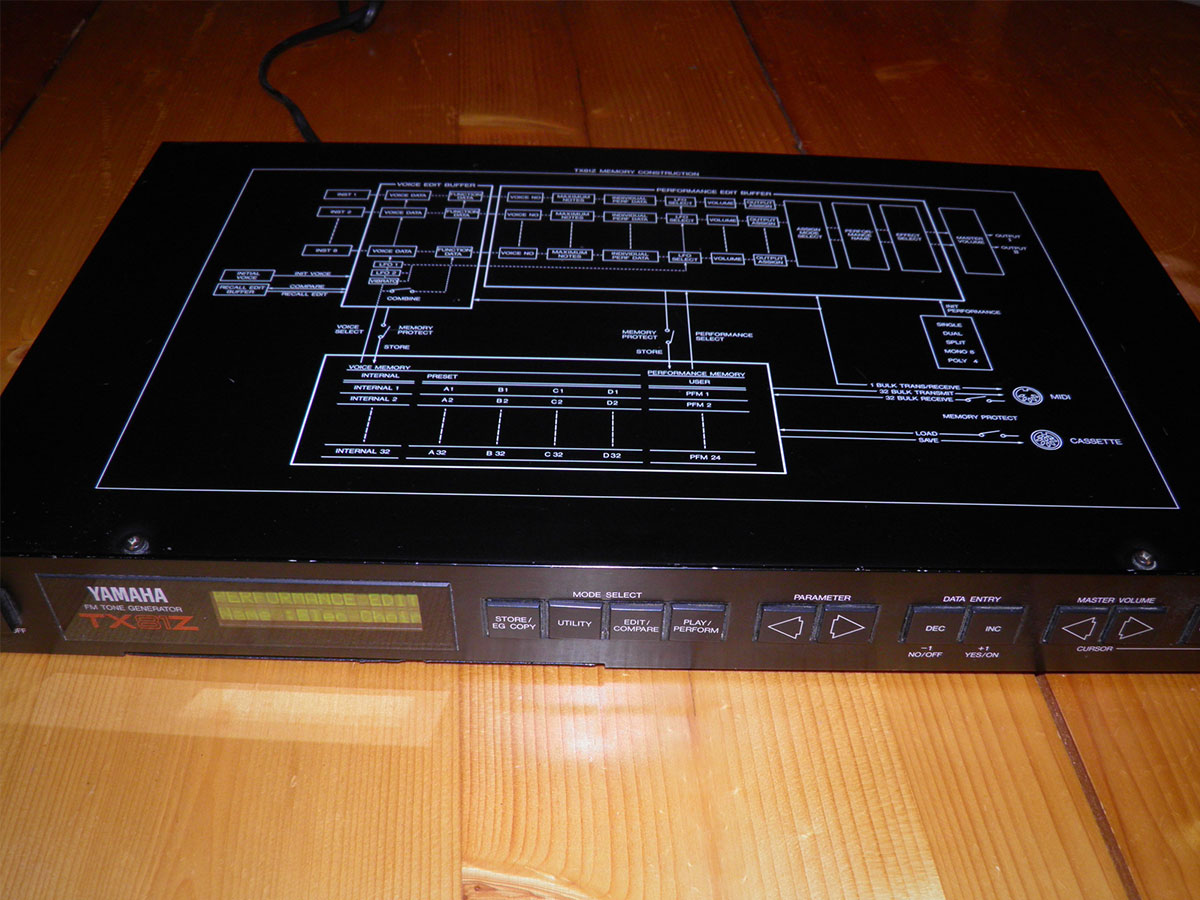
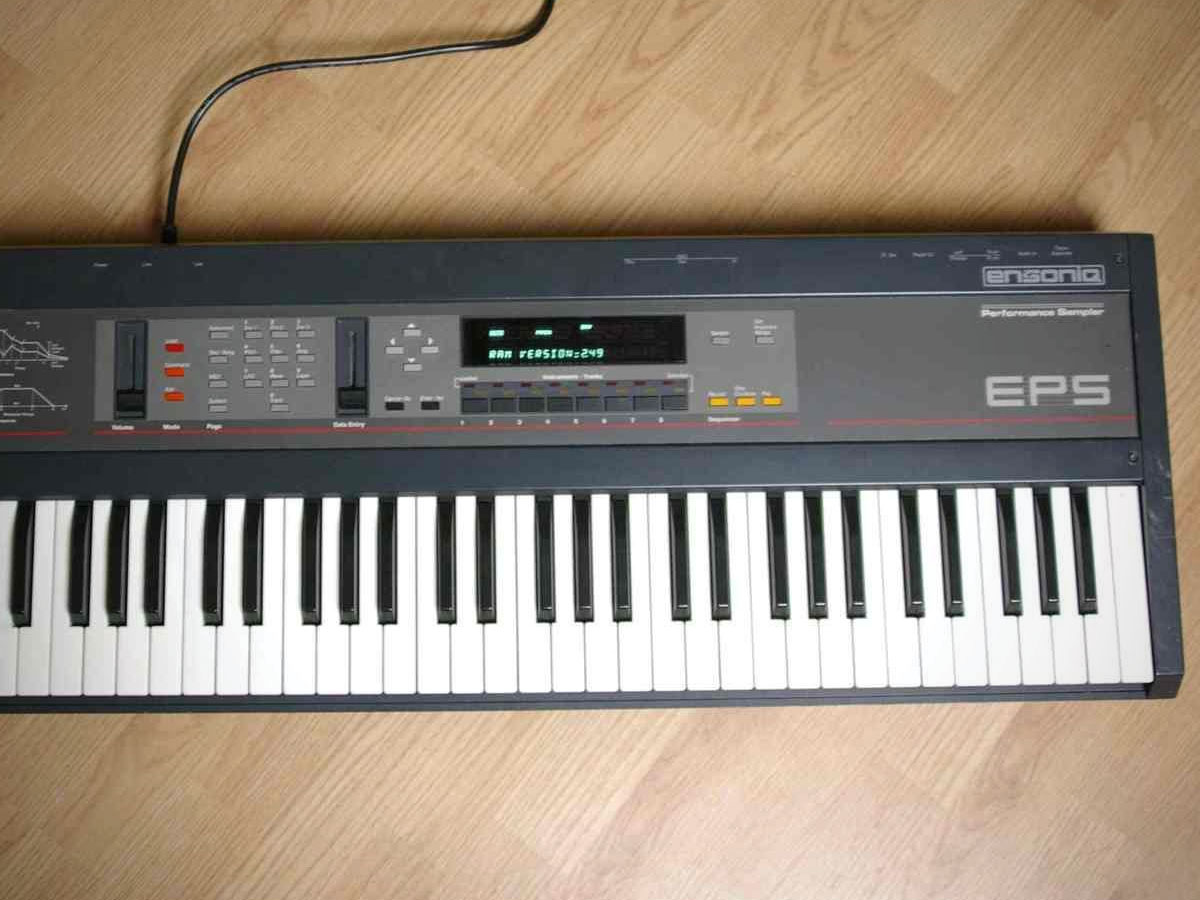
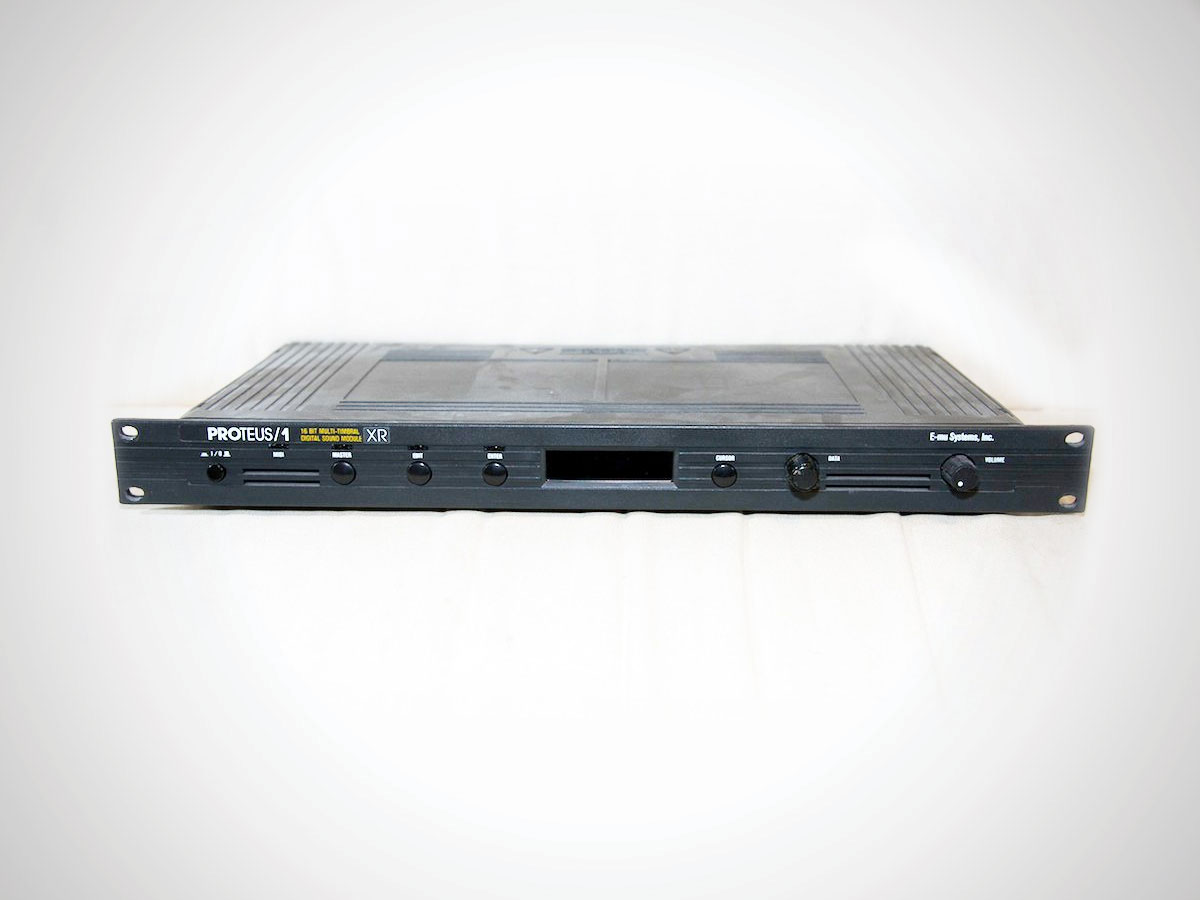
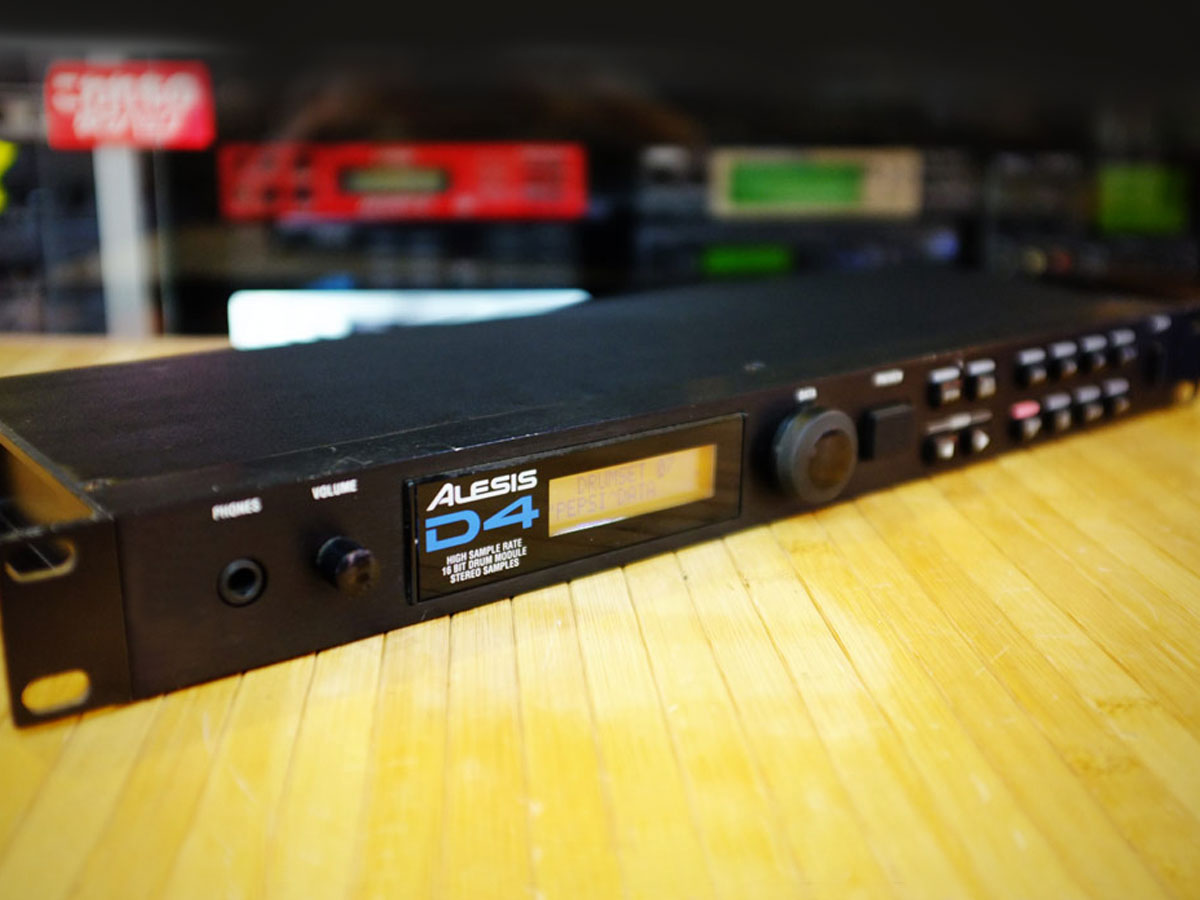
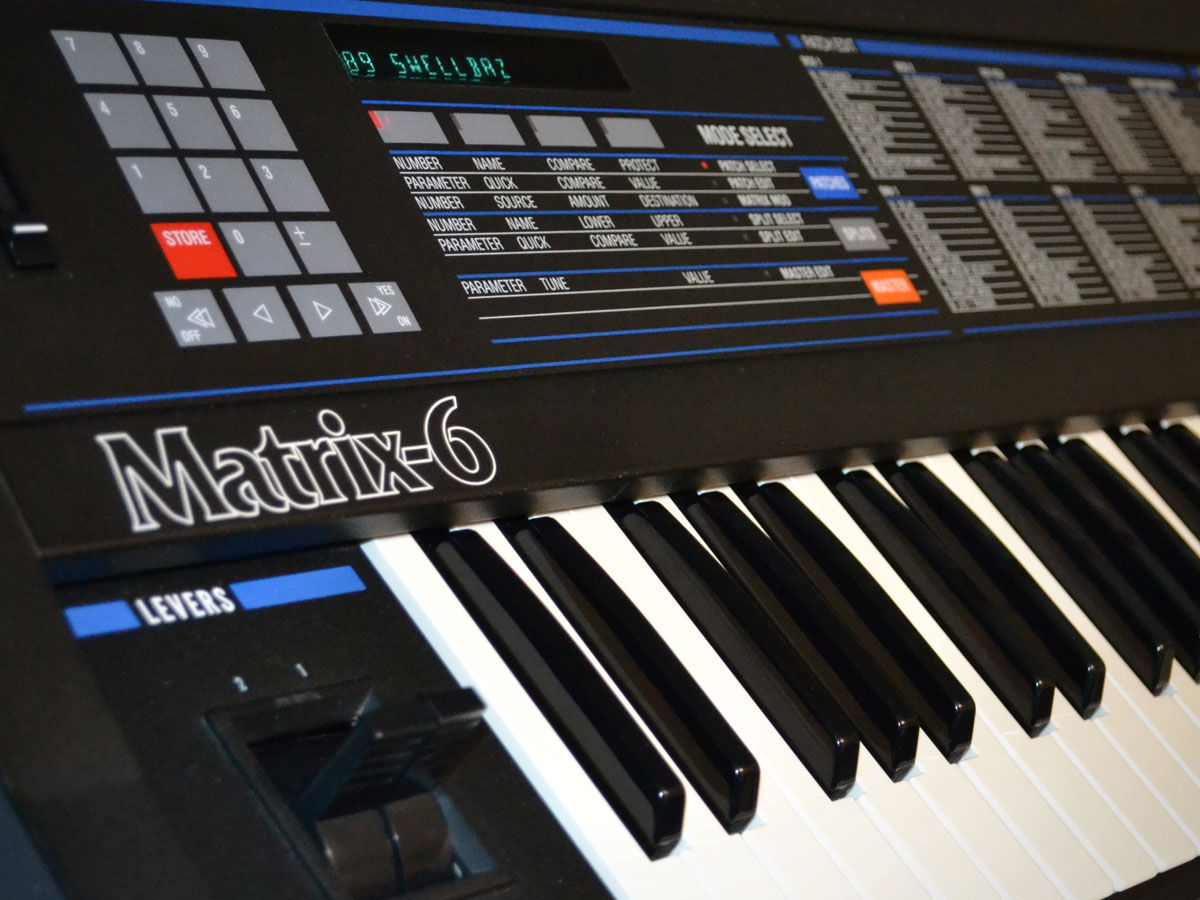
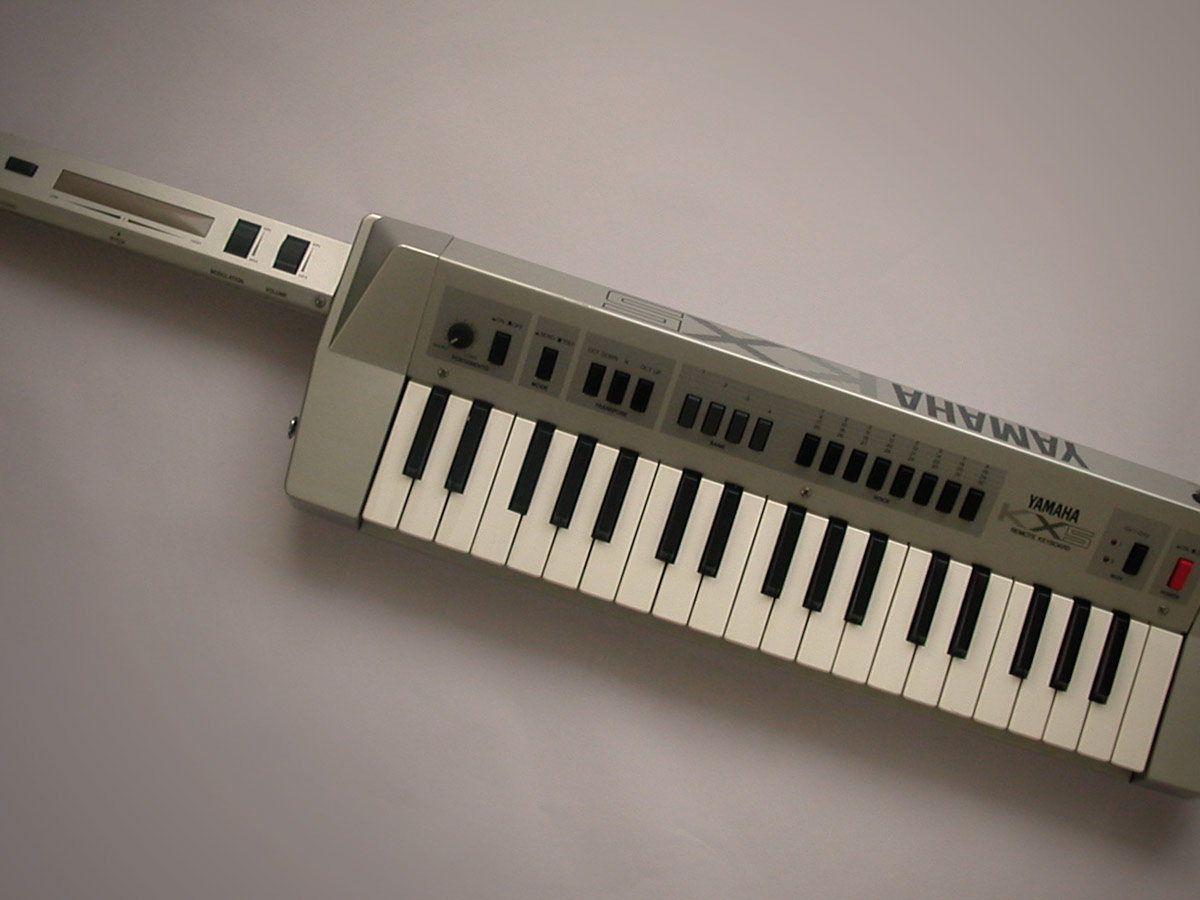
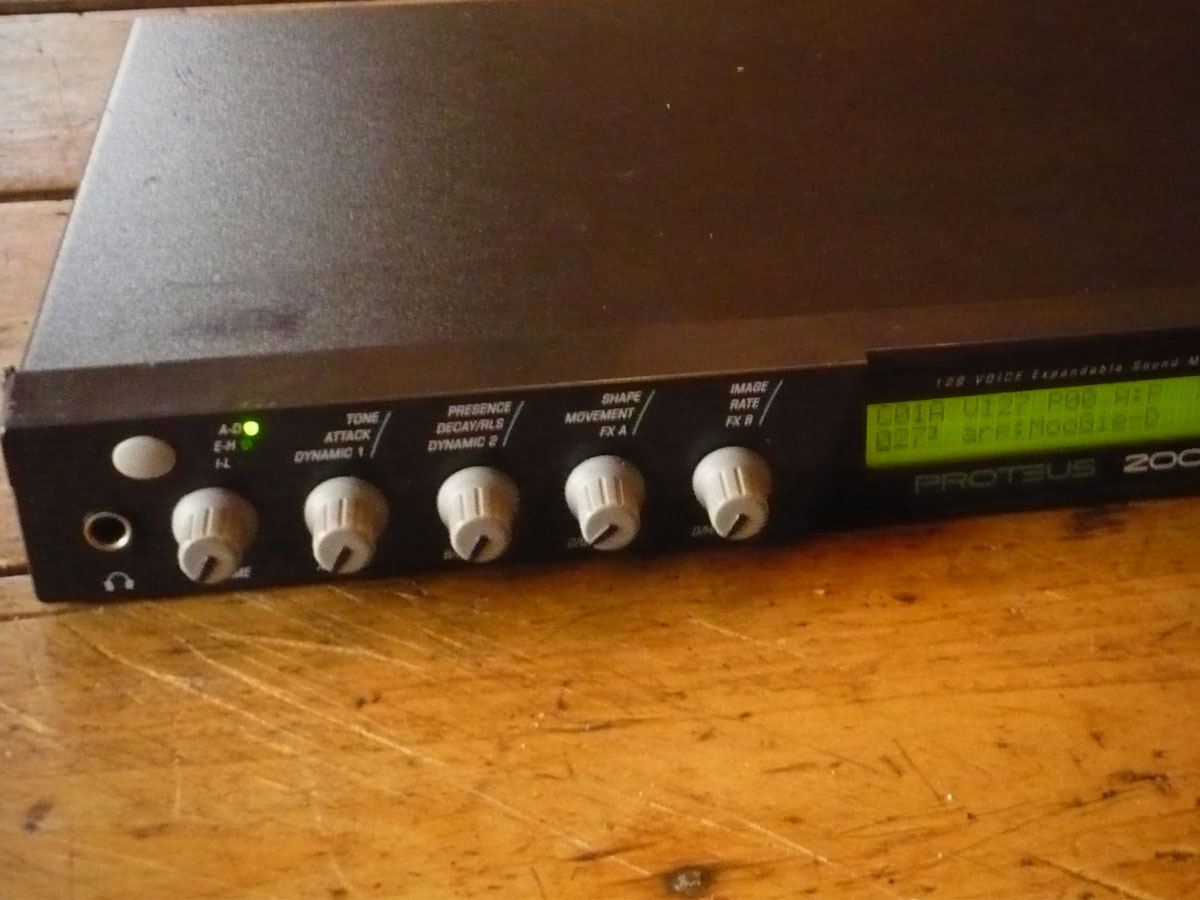
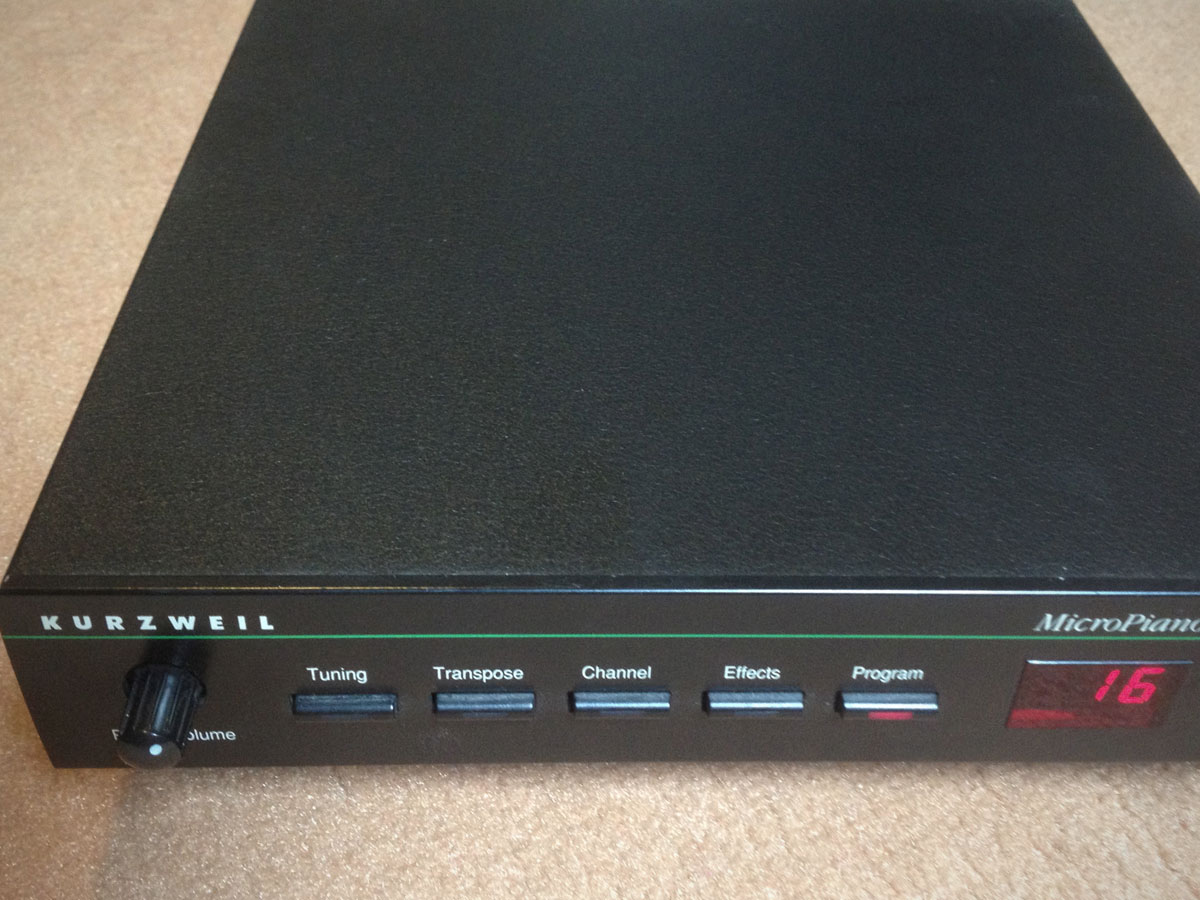
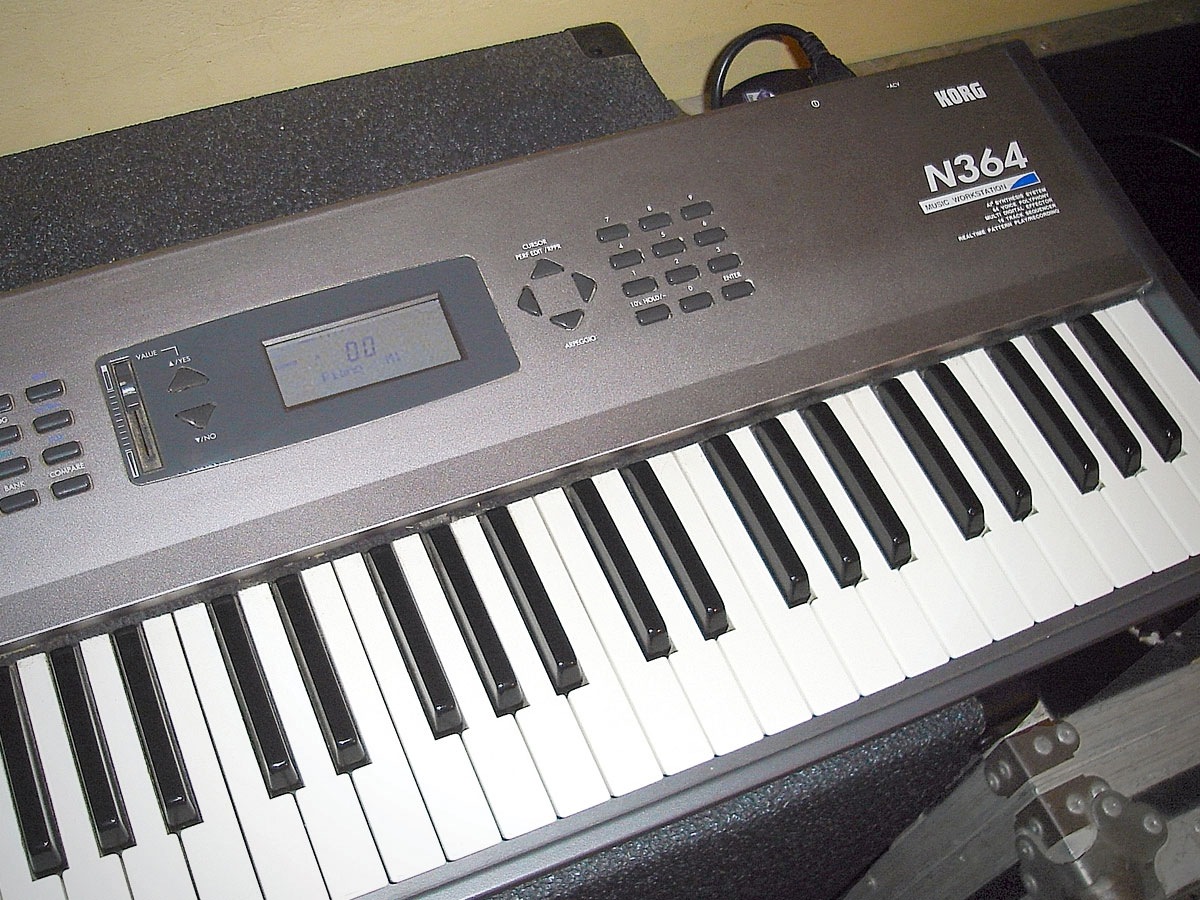
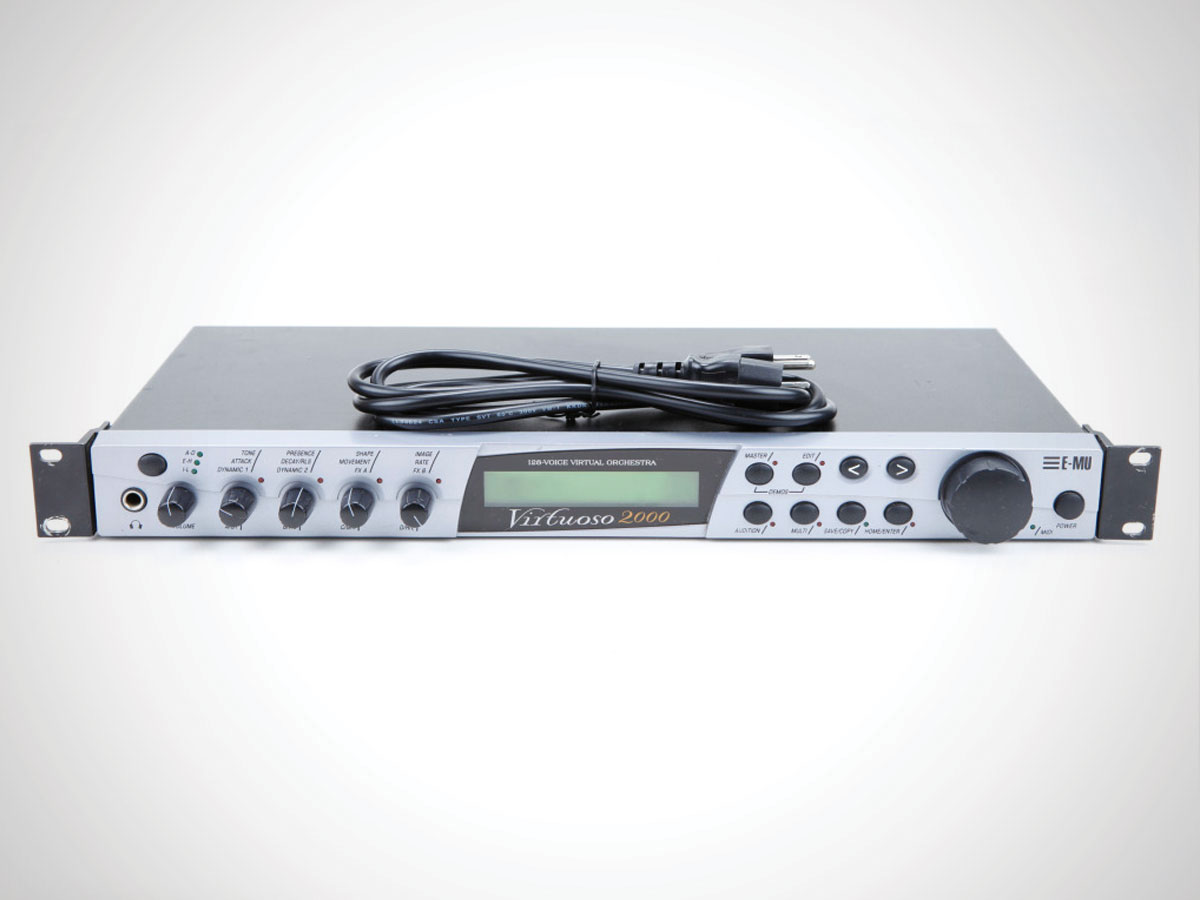
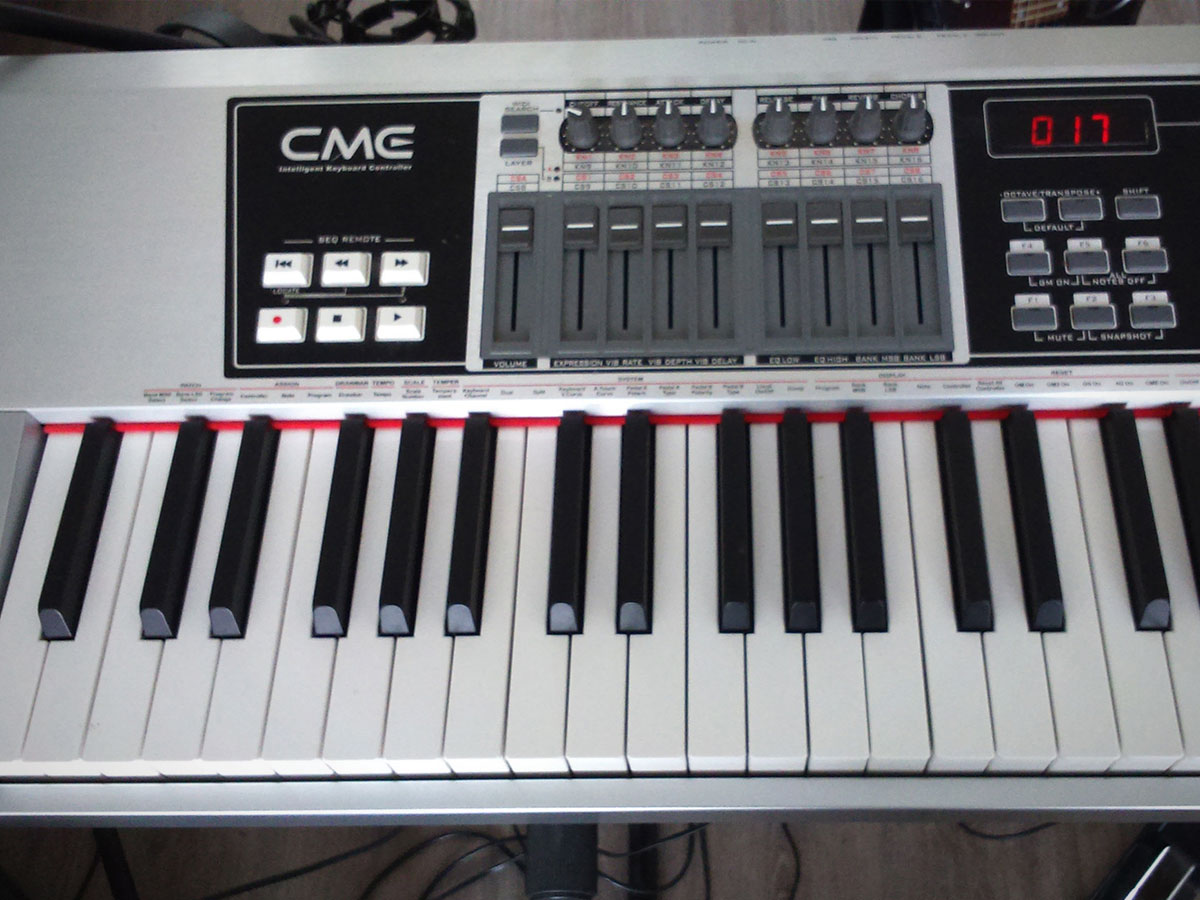
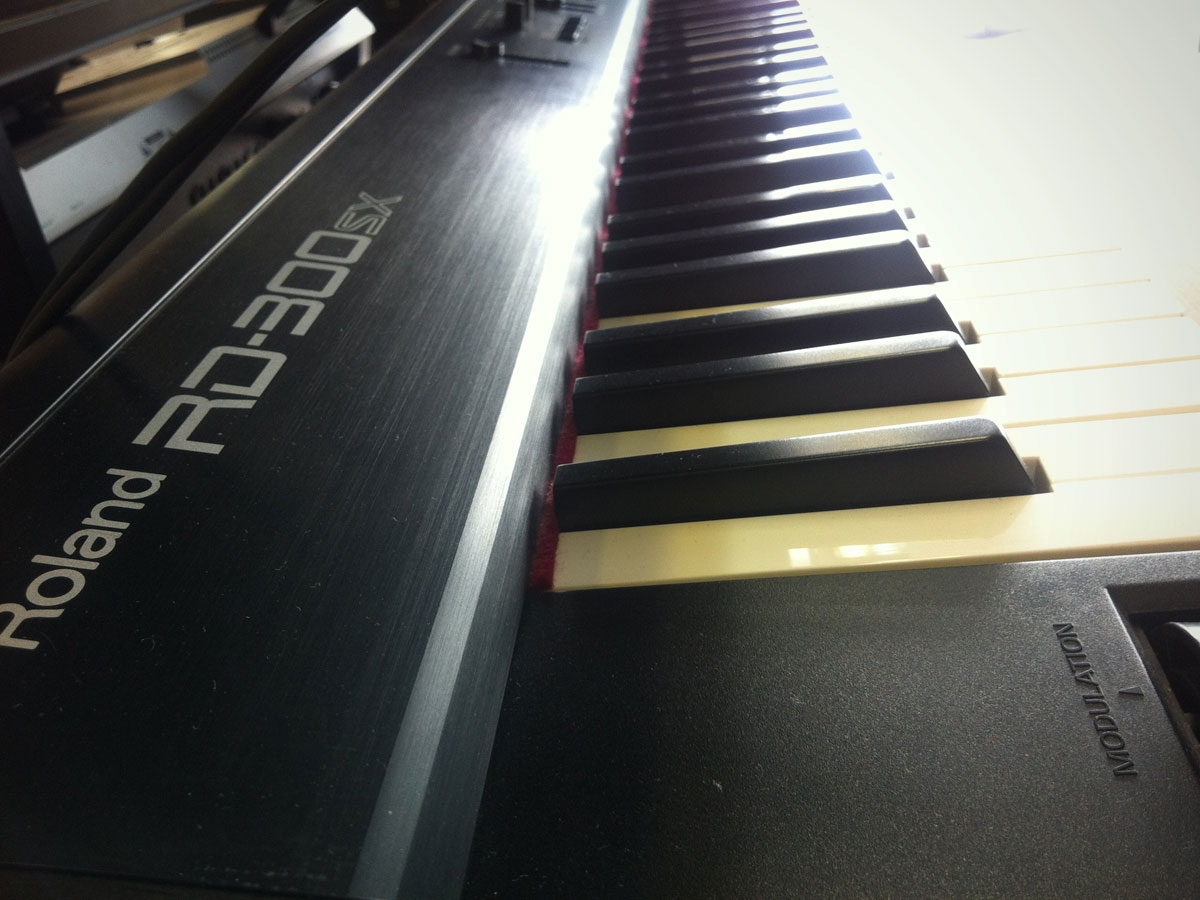
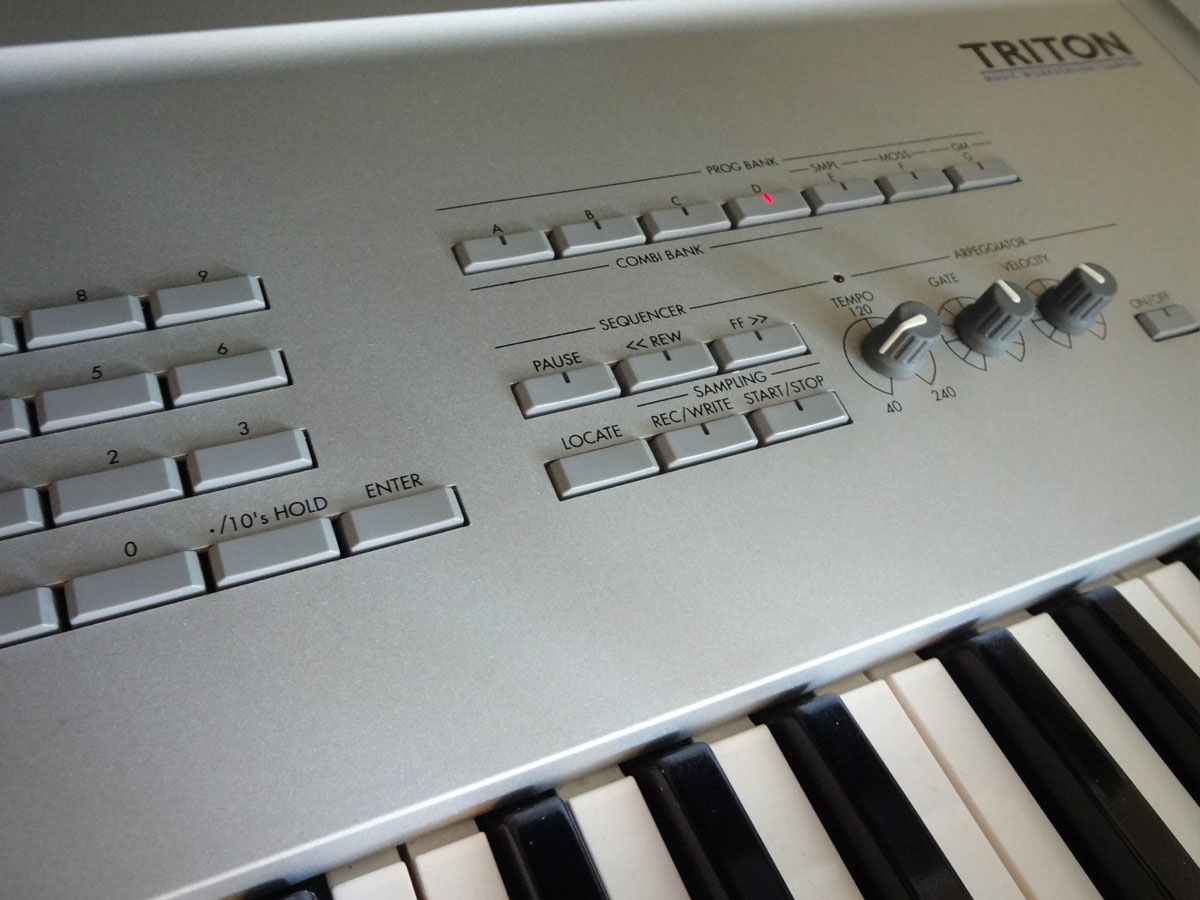
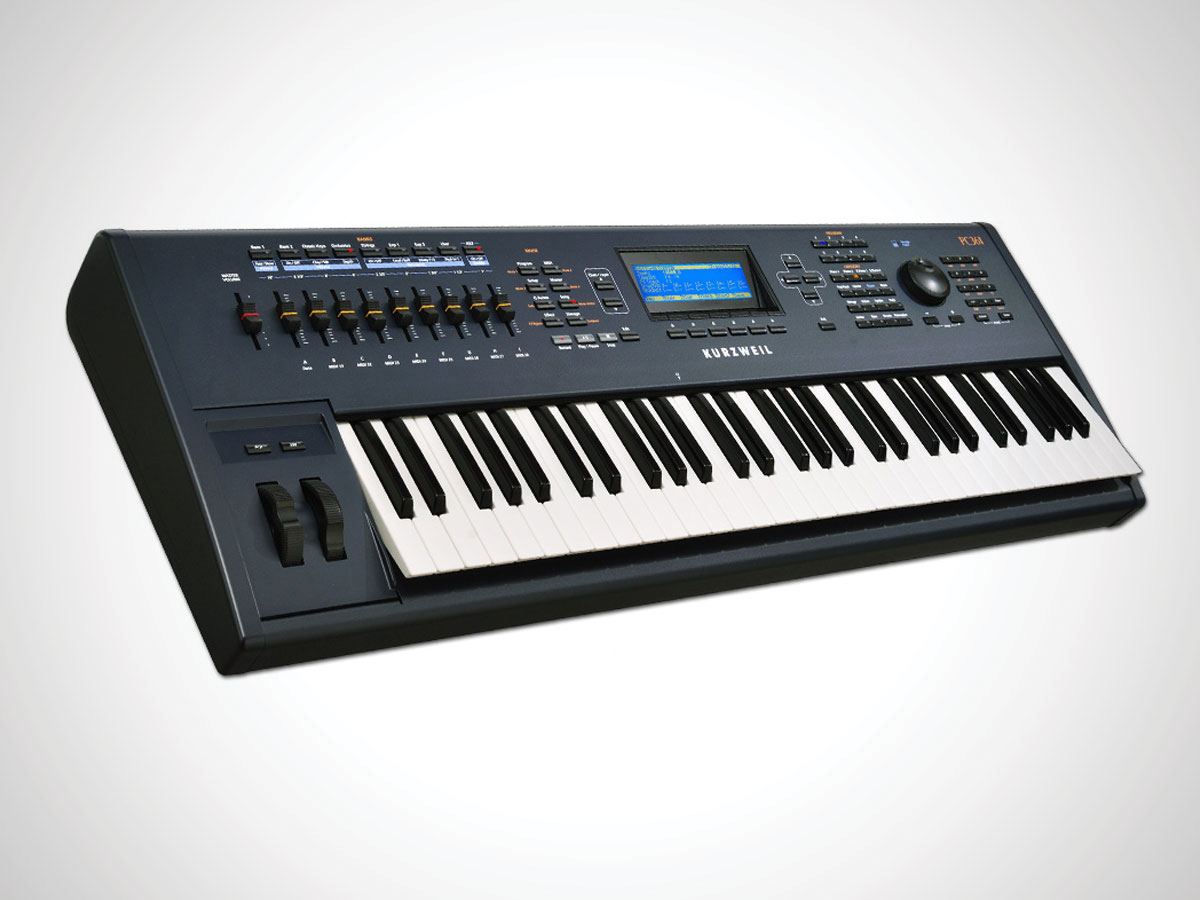
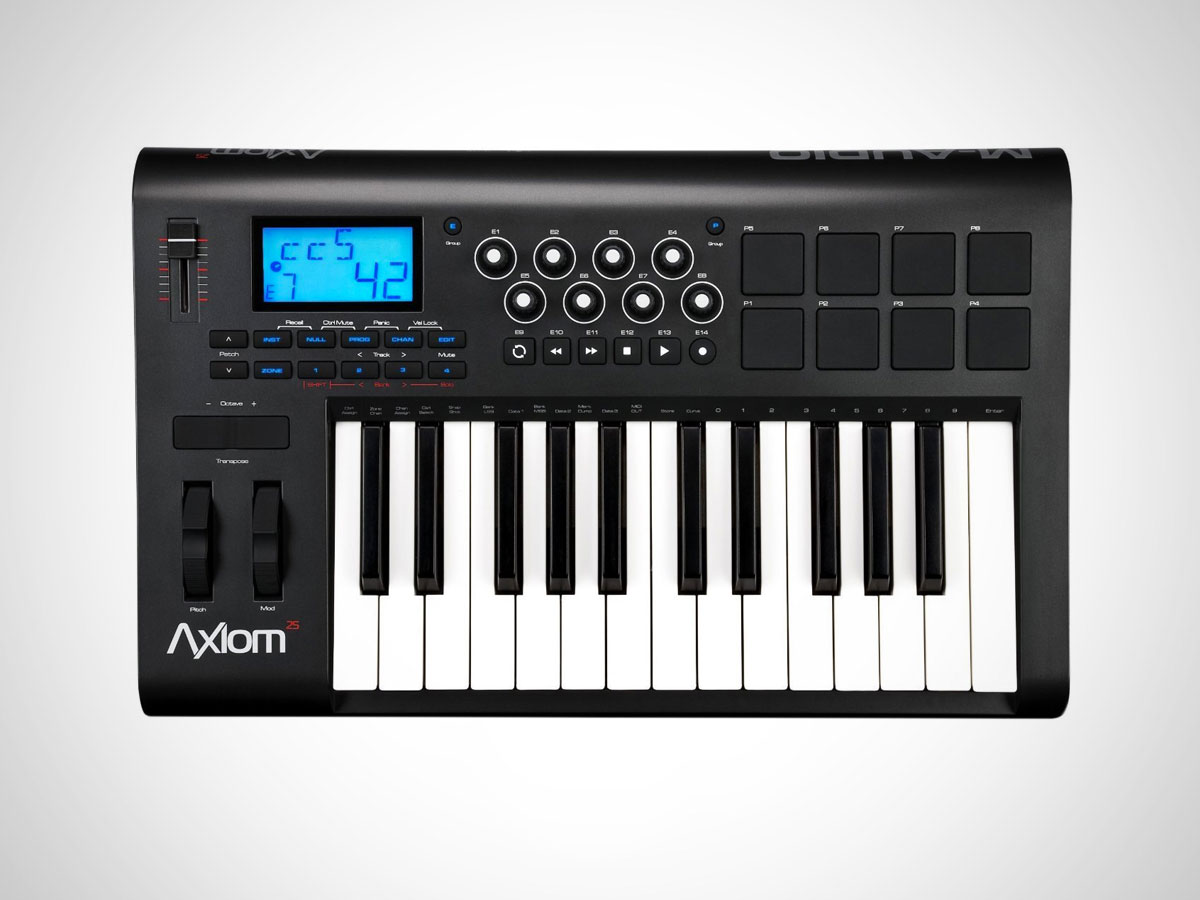
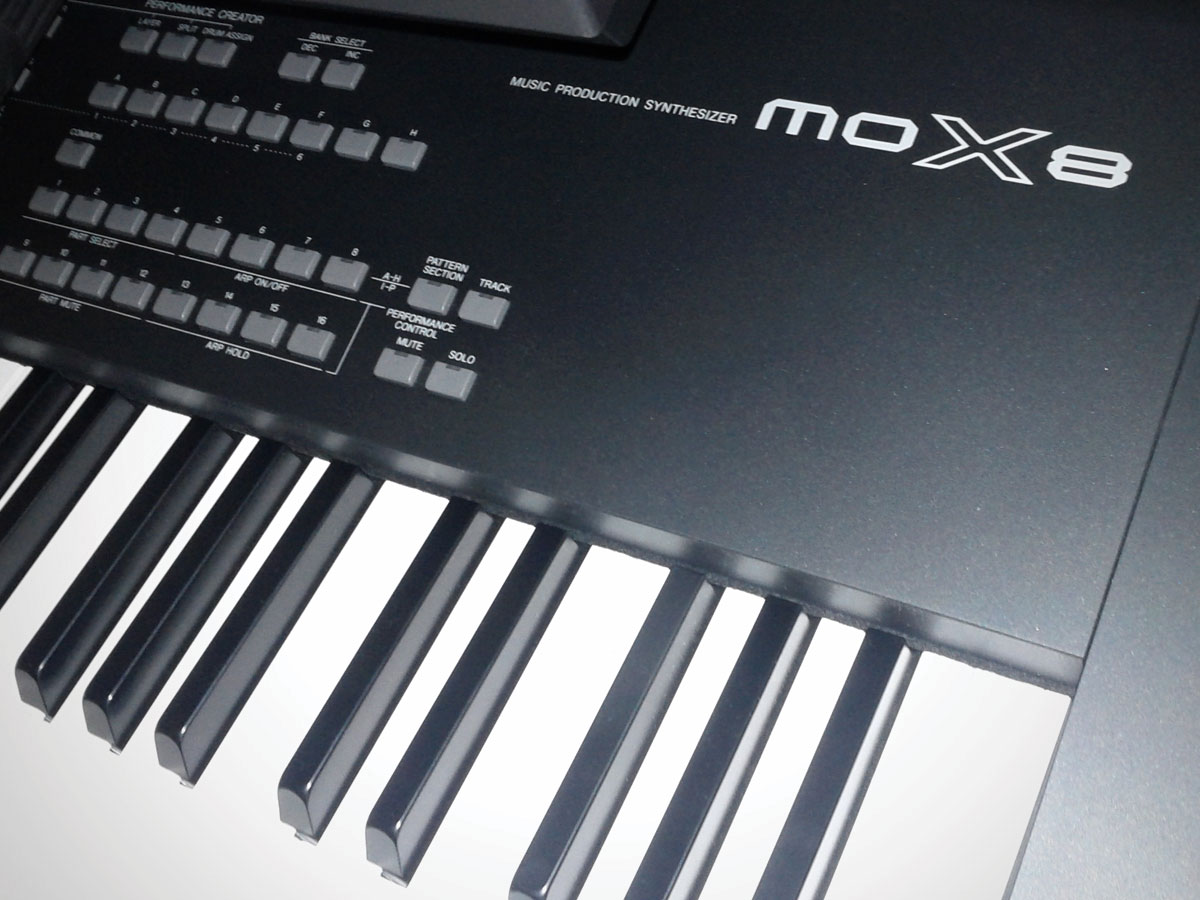
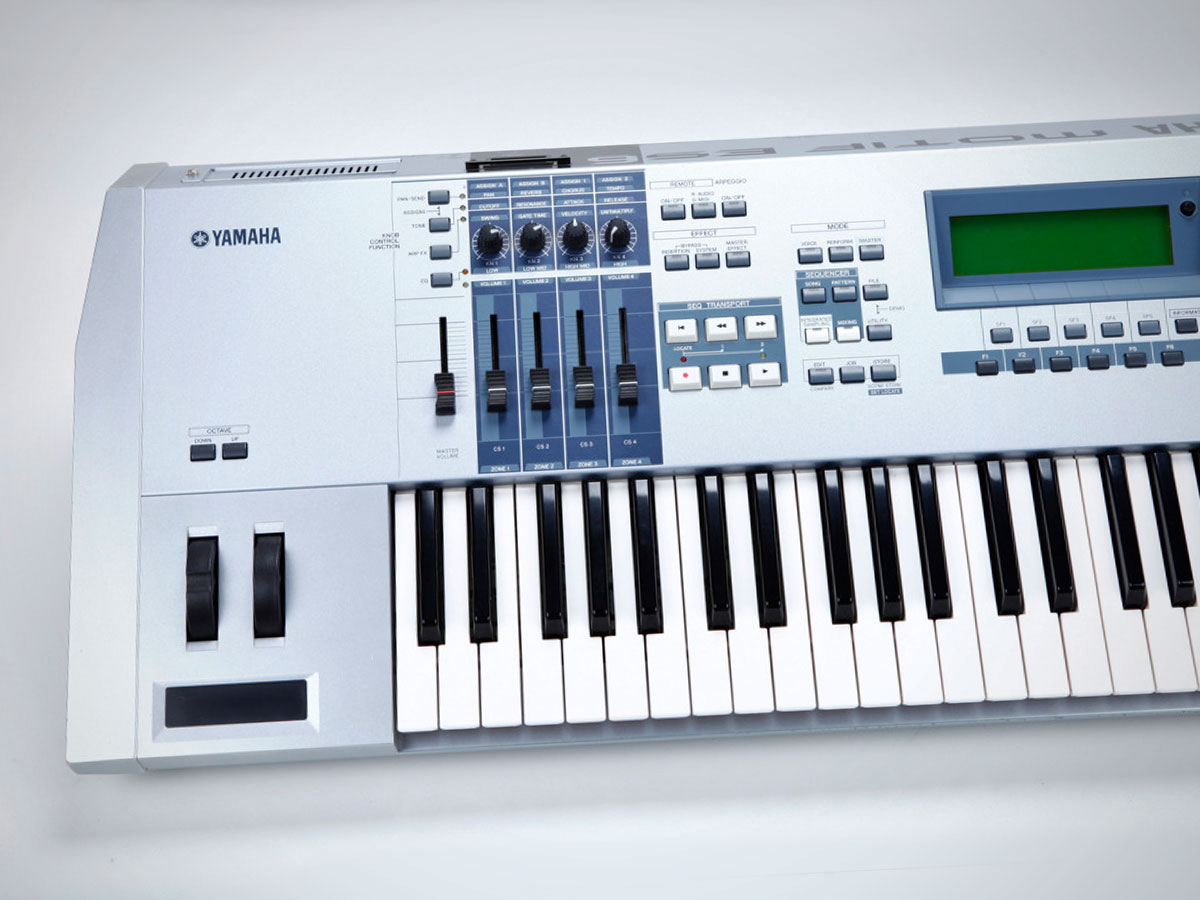
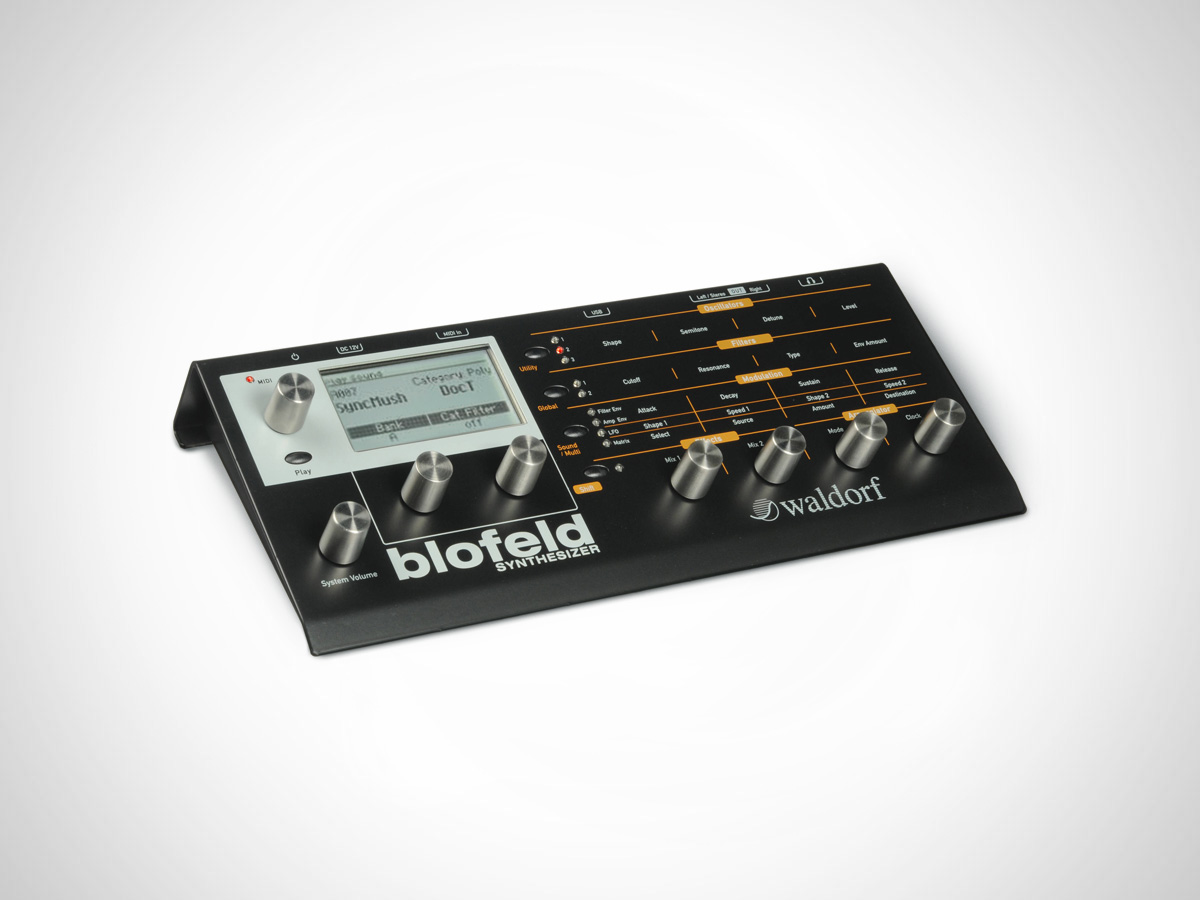
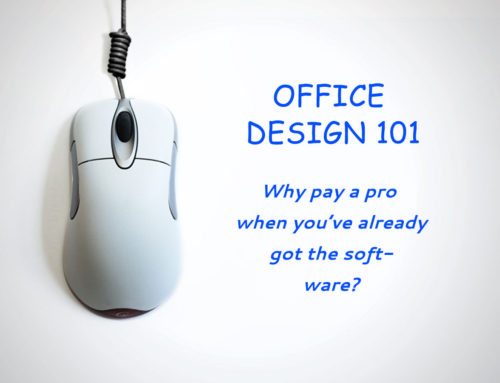
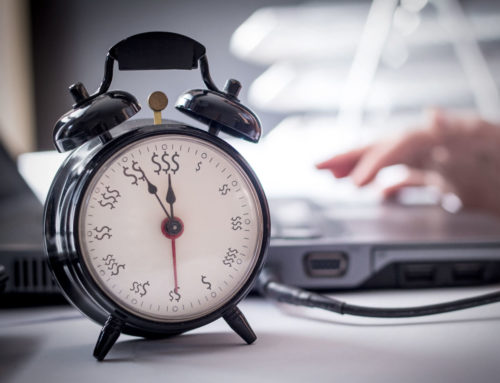
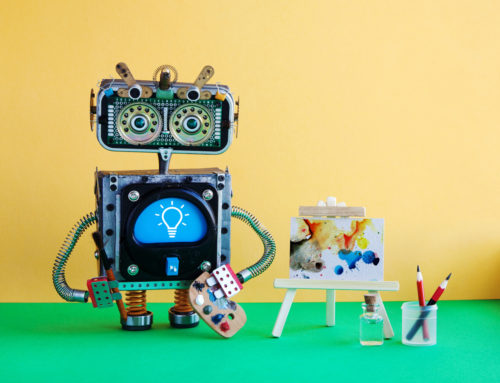
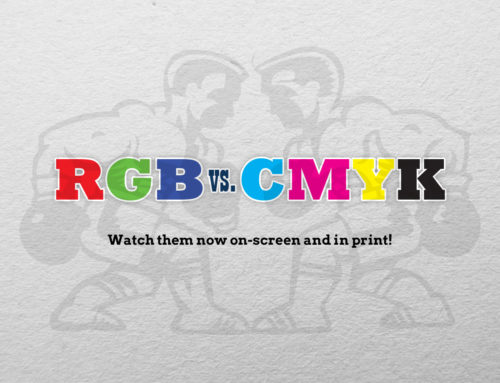
Great blog! Owned several and played several of the pieces in your history. We should talk sometime.
http://www.gunnbluesband.com